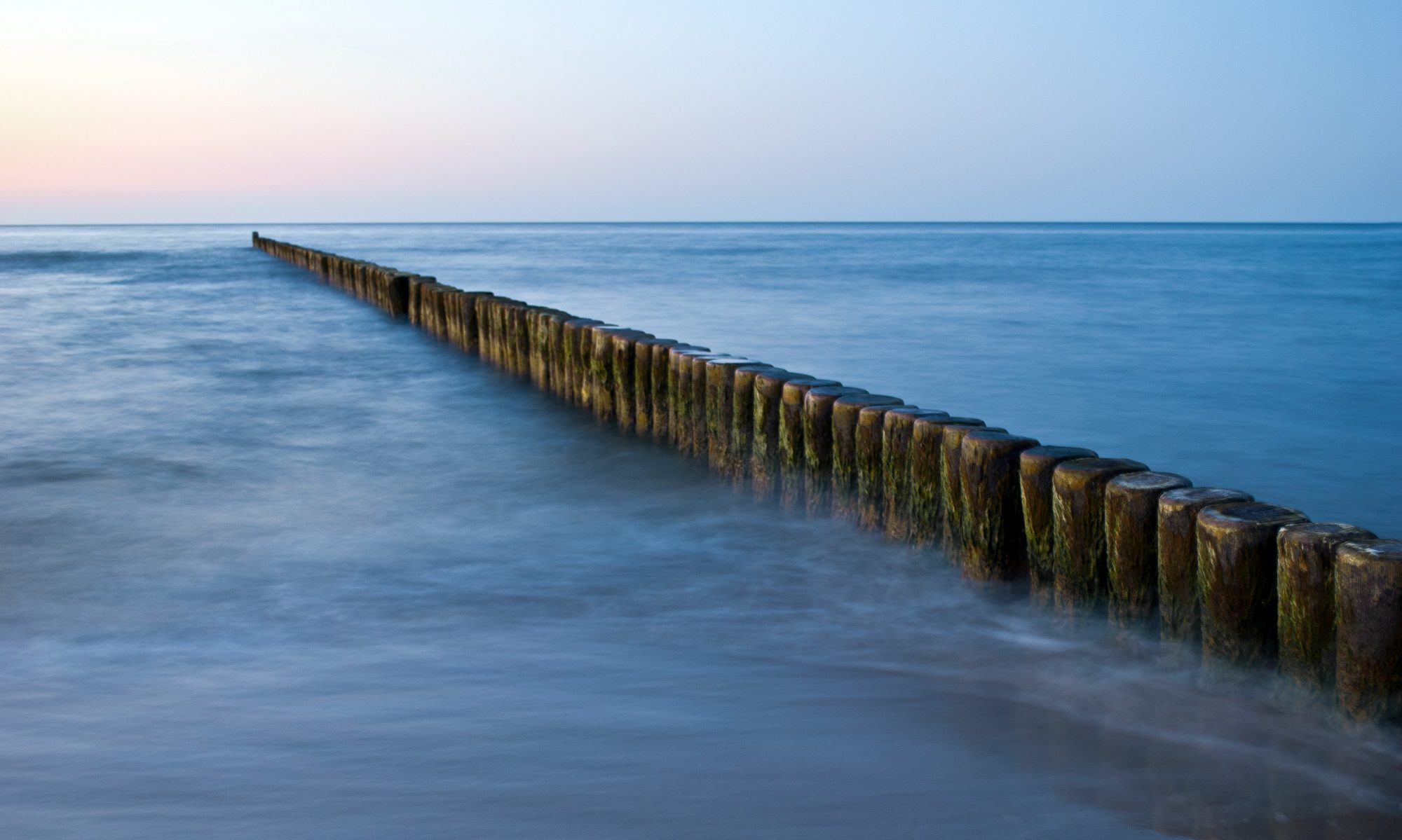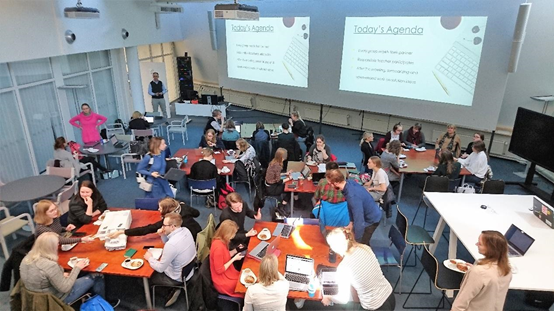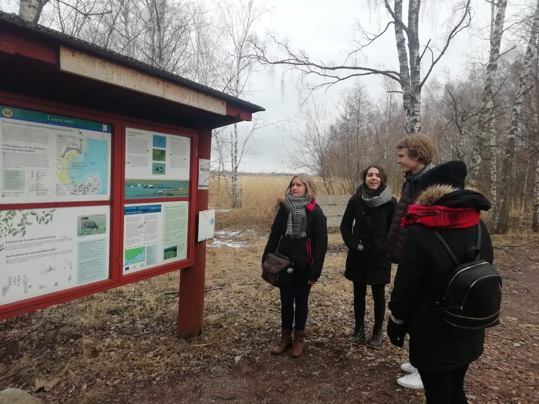Due to Easter break and changes in weekly schedules, we were today orientating ourselves to a new location, the Helsinki Think Company’s Viikki branch. A nice colleague from the Think Company gave a quick briefing to all of us who had already found our way to the new location. Coffee was on the house, which was a nice surprise and helped us to keep our good working pace. See more https://thinkcompany.fi/

Today was the second last session of the whole course and our final change to fine-tune and practice our solutions before the big moment when we will be pitching them to the partners. A big dress rehearsal day!

First we needed to identify on a post-it note (final post-it for the course 😉 the part of the project that still needs work before the final pitch. This was quite an easy task as almost all of the groups summarized it in one word “presentation”!
Thanks to hard work done by group members, presentations were already well on their way at the start of the afternoon sessions. Our group, Mammals, started to slice our presentation to bits and distribute roles and draft speaking notes. At the start of the afternoon session it was still unclear if we are going to do an actual rehearsal in front of all the course participants but indeed that proved to be the case.
After a break mid-way, we started presenting and once again, our Mammals group went first because of conflicting schedules of one of our group members. Teachers paired the groups in order for all to have actual opponents and comments. The exercise was useful for us to test the limits of strict five minutes time for the pitch, try out how our nice storylines sound as read out and get the needed practical advices from the floor and the teachers. Some learning of lines needs still to be done in front of a mirror as homework 😉
One of the heated discussions was between do we need to ensure that all group members are “given a voice” or can give choose a one representative for the group who does the pitch as a whole? Typically in business environment we would choose only one person to represent and convince the audience but here the point from the teachers was that everyone should get a change to practise their pitching skills, at least by saying a few words.
Presentations looked already very professional and stylized, a lot of work has clearly been put to them. Solutions are credible, clever and some quite funny also. Kasvitieteellinen puutarha even amused us with some drawings and a catchy tune! Great work.
There was a lot of discussion also on what is sufficient amount of info to stuff to such a pitch. We don’t want to have too little or be too vague. In fact, I think many, at least us, were struggling on too much stuff! All in all, everyone were good on time keeping so we are convinced that this will not be an issue in the final presentations.

Seeing the pitches made us also understand how diverse our challenges were, from all aspects of socio-economical-environmental fields. And also how innovative and at the same time practical we environmentalist can be when faced with new problems. Great to take home that message for all of us in our future endeavours.
Practice run would not be a practice run without technical hiccups. There is a fine balance with animations and other added elements being very convincing and attracting but they can also create technical problems in the pitch. So it was a good thing that we had this opportunity to try out our different presentations before the actual pitch day. Jaanika reminded us on checking these technical aspects before hand and also requested us to submit the presentations on Moodle before the Monday session, to have everything ready on the moment when partners walk in to the room for the final time. Exciting!!
– Group Mammals








